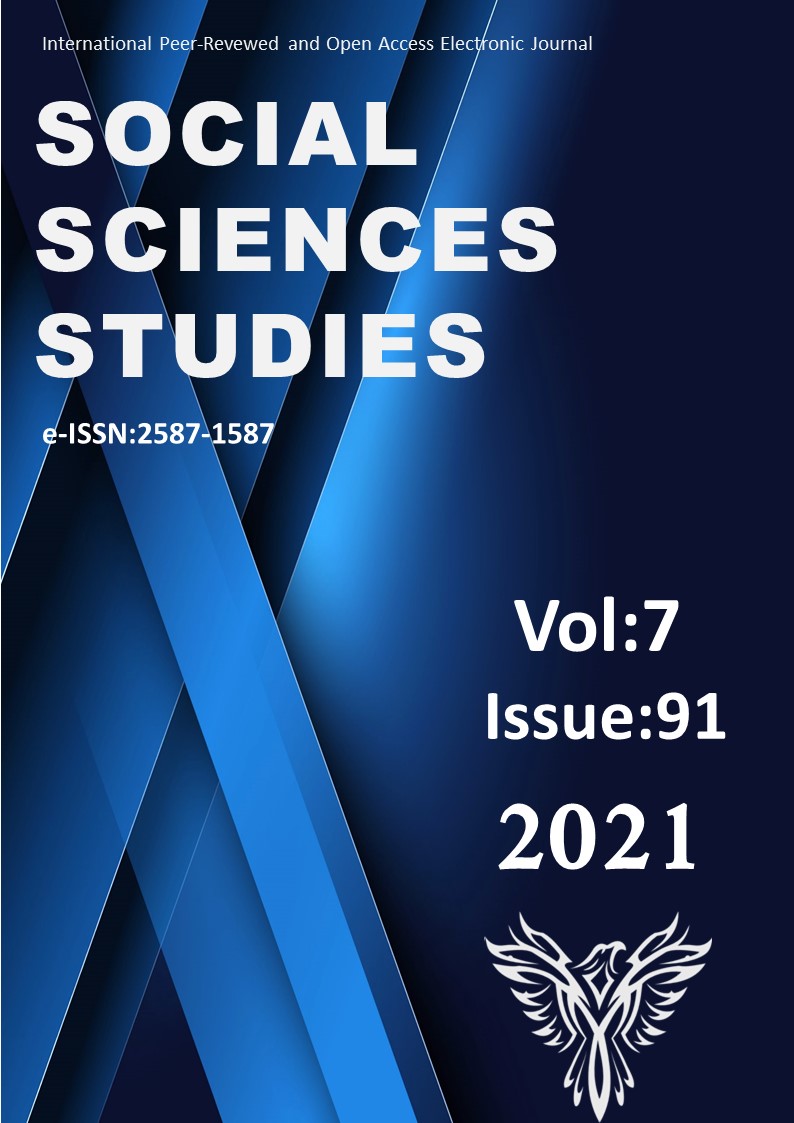Author :
Abstract
Fransız İstilası ile (1798) birlikte Mısır’da başlayan modernleşme hareketi, fikir ve edebiyat başta olmak üzere hayatın tüm alanını kapsayacak şekilde genişlerken, kültürel geçmişin ve dini normların izleri üzerine inşa edilen yeni yaşam tarzı dönemin yazın türlerinde yerini almıştır. Dünya henüz küçük bir köy haline gelmeden yaklaşık bir asır önce, tercüme eserler ve eğitim yoluyla yaşanan ülkeler arası etkileşim edebiyat alanında yeni formları ortaya çıkarmış, eski ve yeni arasında yaşanan çatışma bazen yeni fikirlerin eskiyle harmanlanması bazen de eski ve yeninin kutuplaşarak kendini savunması şeklinde sonuçlanmıştır. Modernleşme çabalarının odak noktalarından birini oluşturan kadın sorunsalı o dönemdeki pek çok yazar gibi, Mısır insanını anlatma arzusuyla bir araya gelen “Yeni Ekol” üyelerinin de hedefinde yer almıştır. Bunlar arasında yer alan Tâhir Lâşîn’in kaleme aldığı Hâvva bilâ Âdem (Âdemsiz Havva, 1933) adlı roman şimdiye kadar tabakalaşma sorunsalı etrafında değerlendirilirken, kadına biçtiği rol göz ardı edilmiştir. Feminist eleştirin ilk dönem çizgileri üzerine inşa edilen romanda yazar, Rus edebiyatından taşıdığı gerçekçilikle Fransız edebiyatından esinlendiği romantizmi harmanlamıştır. Çalışma; şimdiye kadar yapılanın tersine, eseri yapısal ve toplumsal eleştiri zemininde değerlendirerek çelişkileri ortaya koymayı hedeflemektedir.
Keywords
Abstract
While the modernization movement, which started in Egypt with the French invasion (1798), expanded to cover all areas of life, ideology and literature in particular, the new lifestyle built on the traces of the cultural past and religious norms took its place in the literary genres of the period. While the modernization movement, which started in Egypt with the French invasion (1798), expanded to cover all areas of life, ideology and literature in particular, the new lifestyle built on the traces of the cultural past and religious norms took its place in the literary genres of the period. Thus the conflict between the old and the new has resulted in blending new ideas with the old or sometimes has brought about polarization of the old and new, defending their own grounds zealousy. Women issues, one of the focal points of the modernization efforts, was also the target of the members of the “New School”, who came together with the desire to depict Egyptian people, like many writers of that period. Among these, the novel named Havva bilâ Âdem (Havva without Adam 1933), written by Tahir Lashin, has been evaluated around the problem of stratification so far, while the role assings to women has been ignored. In the novel, which was built on the lines of the first period of feminist criticism, the author blended the realism he adopted from Russian literature with the romanticism inspired by French literature. Contrary to what has been done so far, this study aims to reveal the contradictions by evaluating the work on the basis of structural and social criticism.
